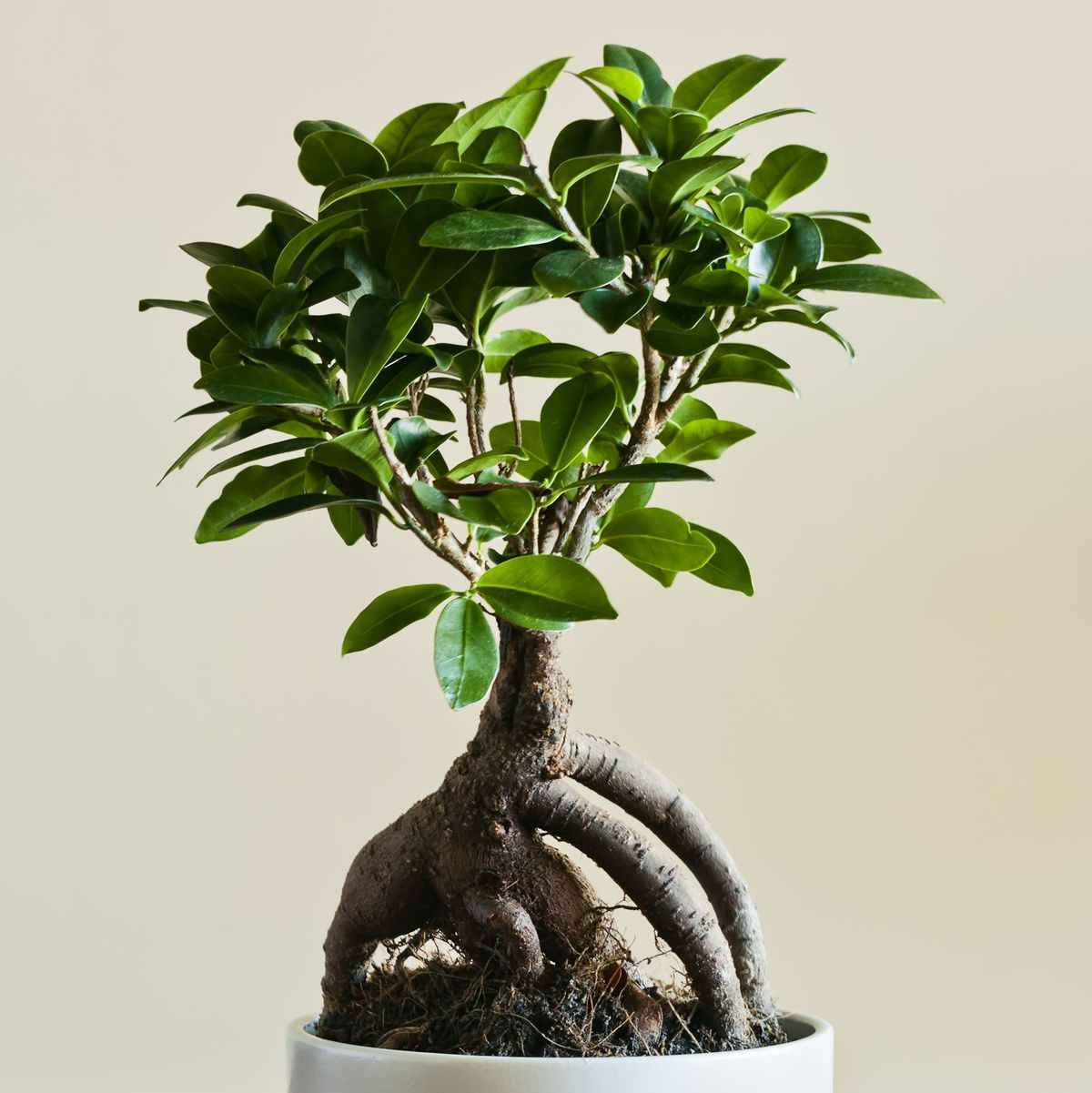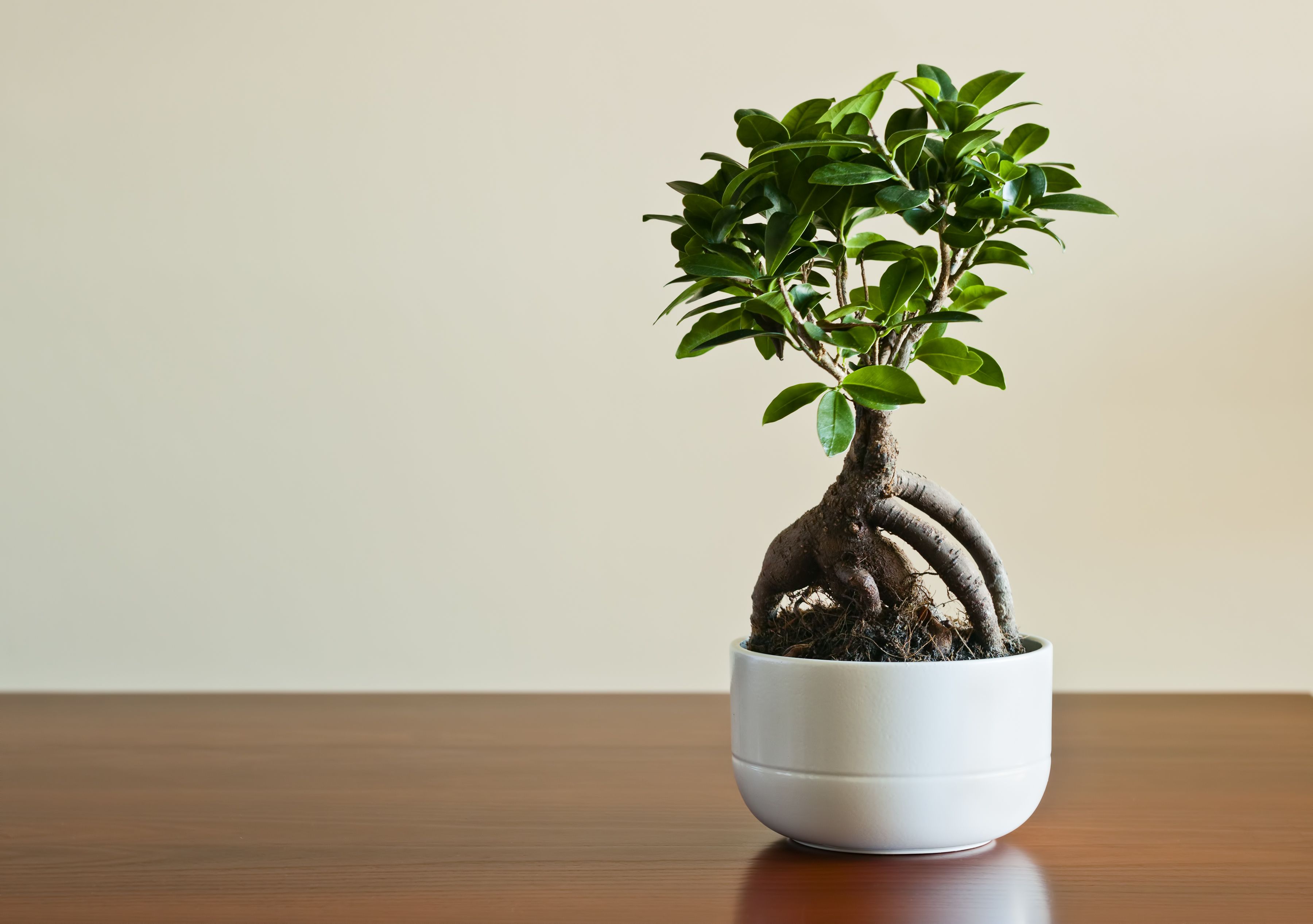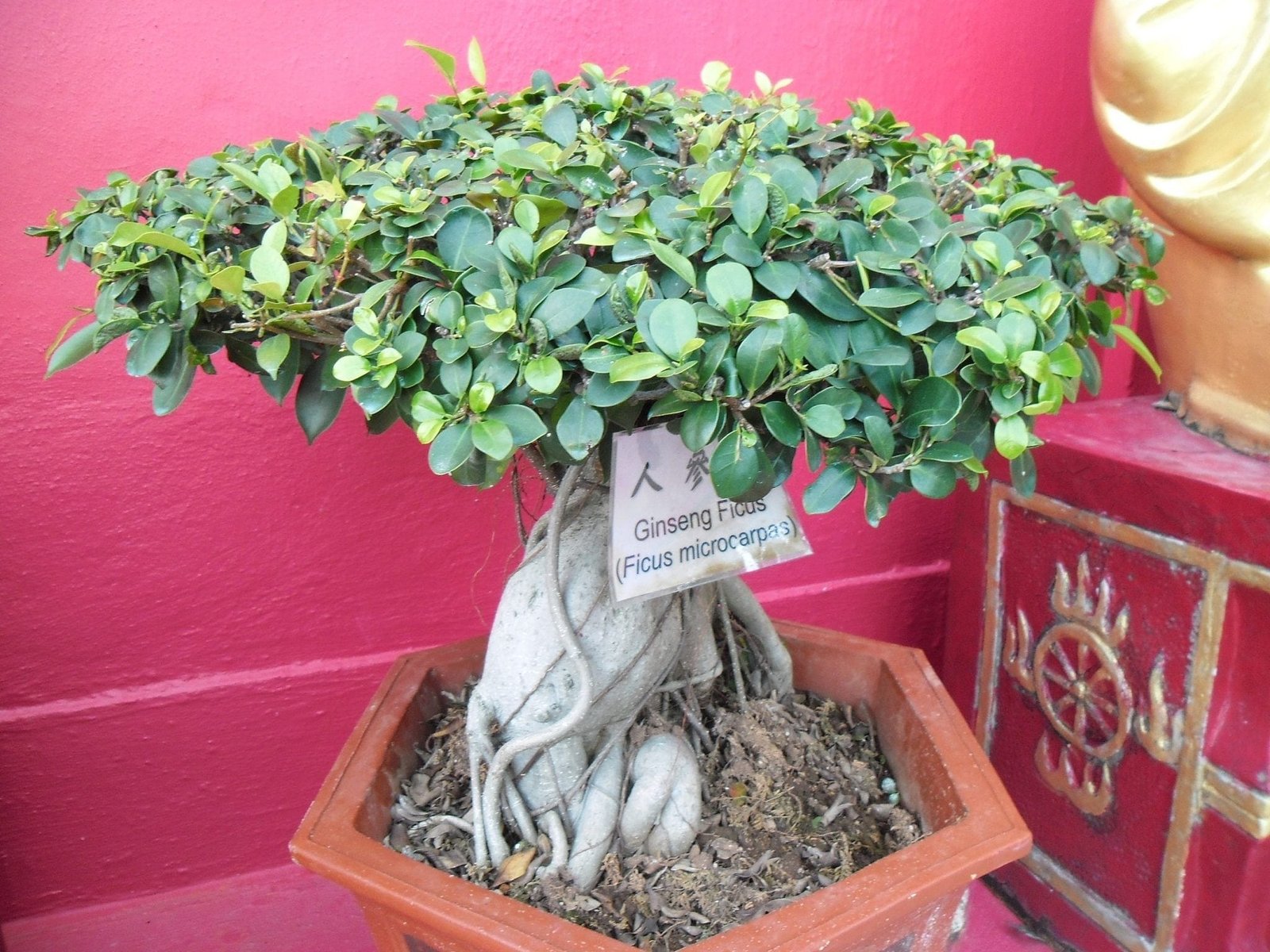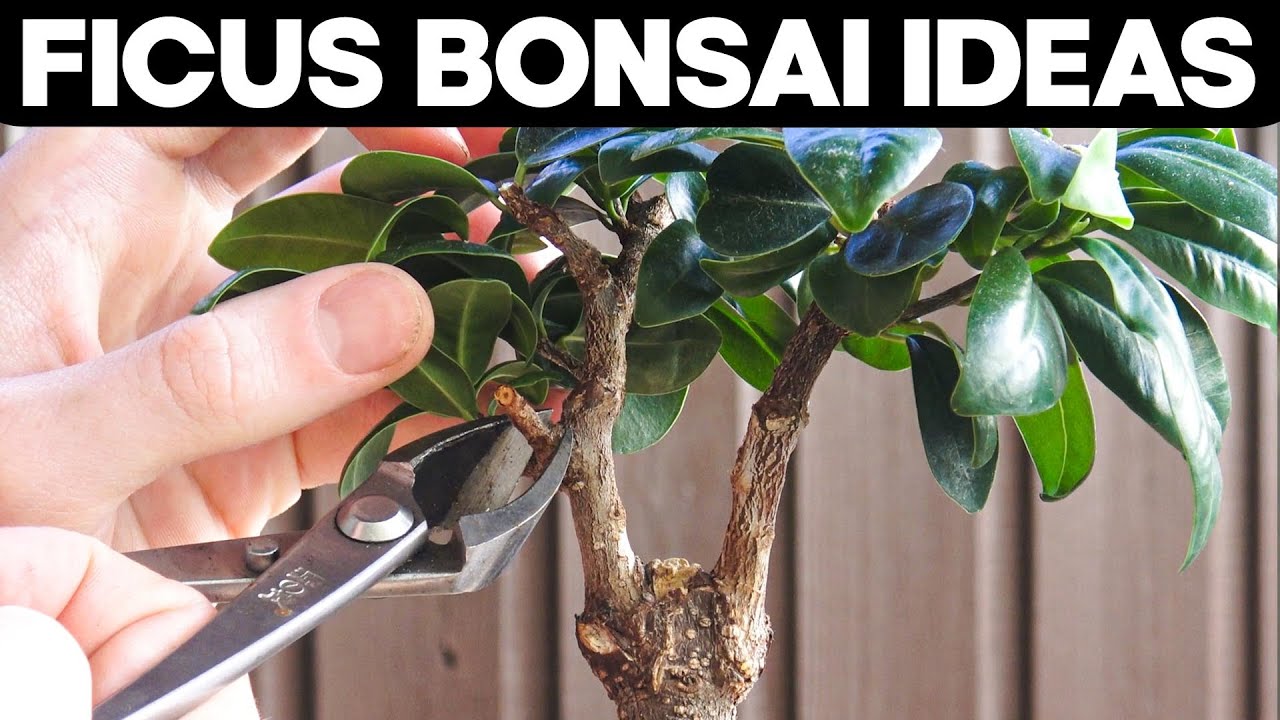Would you love to learn the art of growing a Ficus Ginseng Bonsai? Look no further! In this captivating article, we will provide you with comprehensive tips and techniques to help you become an expert in nurturing these beautiful miniature trees.
With our expert opinion and research from credible resources, we will guide you step by step through the process, breaking it down into a contextual relevance framework. From selecting the perfect Ficus Ginseng Bonsai to caring for it with love and precision, we will cover all the essential information you need. So get ready to dive into the world of bonsai and unlock the secrets to growing a thriving Ficus Ginseng Bonsai tree.
Choosing the Right Ficus Ginseng Bonsai
When it comes to choosing the right Ficus Ginseng Bonsai, there are a few factors to consider. The size and style of the bonsai should be one of your primary considerations. Ficus Ginseng Bonsai come in various sizes, ranging from small tabletop versions to larger, more dramatic specimens. Think about the space you have available and how the bonsai will fit into your overall aesthetic.
In addition to size, you should also look for a healthy specimen. Examine the leaves and branches for any signs of discoloration or pests. A healthy Ficus Ginseng Bonsai should have vibrant green leaves and a sturdy trunk. Inspect the root system as well, as healthy roots are essential for the tree’s overall health and vitality.
Lastly, evaluate the shape and form of the bonsai. Each Ficus Ginseng Bonsai has a unique shape and style, so choose one that appeals to your personal taste. Whether you prefer a cascading style or a more upright form, make sure the bonsai’s shape aligns with your vision.
Providing the Ideal Growing Conditions
To ensure the healthy growth of your Ficus Ginseng Bonsai, it is crucial to provide the ideal growing conditions. This includes considering the light requirements, temperature and humidity levels, watering and fertilizing routine, as well as the type of soil and potting.
Ficus Ginseng Bonsai thrive in bright, indirect light. Place your bonsai near a window where it can receive plenty of sunlight, but be cautious of direct sunlight, as it can scorch the leaves. Additionally, make sure to maintain a consistent temperature and humidity level to mimic their natural environment.
When it comes to watering and fertilizing, Ficus Ginseng Bonsai prefer to be kept evenly moist. Water the bonsai thoroughly, allowing the water to drain out of the drainage holes in the pot. Use a balanced fertilizer during the growing season to provide the necessary nutrients for healthy growth.
The type of soil and potting used for your Ficus Ginseng Bonsai is also crucial. Well-draining soil is essential to prevent overwatering and root rot. Consider using a mix of bonsai soil, which is typically a combination of akadama, pumice, and lava rock. Repotting should be done every few years to refresh the soil and promote root health.

Pruning and Shaping Techniques
Pruning and shaping are essential techniques in maintaining the desired form and structure of your Ficus Ginseng Bonsai. Understanding the growth patterns of the bonsai is the first step in successful pruning. Ficus Ginseng Bonsai tend to have strong apical dominance, meaning they grow primarily upwards. Pruning techniques should focus on maintaining a balance between the main trunk and the branches.
Basic pruning techniques involve removing any dead, damaged, or overgrown branches. This helps to improve the overall health of the bonsai and promotes the growth of new branches. Additionally, pruning can be used to encourage branching and shape the bonsai into the desired form.
To encourage branching, you can selectively prune the tips of branches. This stimulates the growth of new lateral branches, creating a fuller and more balanced appearance. It is important to prune with care and avoid removing too many branches at once, as this can weaken the bonsai.
Creating a desired shape involves using wiring techniques to guide the growth of branches. Select the appropriate wire gauge for the branches, ensuring it is not too thick or thin. Carefully apply the wire along the branch, gently bending it into the desired position. Regular monitoring is necessary to avoid wire scars, which can occur if the wire is left on for too long.
Wiring and Training Methods
Wiring is a common technique used to shape and train the branches of a Ficus Ginseng Bonsai. Selecting the right wire is essential to ensure that it is strong enough to hold the branches in place without causing damage. Aluminum wire is typically used for Ficus Ginseng Bonsai, as it is flexible and easy to work with.
To wire and shape the branches, start by wrapping the wire around the base of the branch and gently guide it along the length, taking care not to wrap it too tightly. As you shape the branch, make sure it follows the desired form and is balanced with the overall structure of the bonsai.
Training individual branches involves using wire to guide the growth in a specific direction. By carefully bending the wired branches, you can create interesting and unique shapes. Regular monitoring is important to ensure the wire does not cut into the branch as the bonsai grows.
It is important to avoid wire scars, which can occur if the wire is left on for too long. Check the branches regularly and remove the wire once it has done its job. This will prevent any damage to the branches and allow for continued healthy growth.

Dealing with Common Pests and Diseases
Like any plant, Ficus Ginseng Bonsai can be susceptible to pests and diseases. Understanding common pests and diseases will help you identify and address any issues that may arise. Some common pests for Ficus Ginseng Bonsai include aphids, scale insects, and spider mites.
If you notice any pests on your bonsai, there are several treatment options available. Insecticidal soaps or oils can be used to control pests, but it is important to follow the instructions carefully and not exceed the recommended dosages. Additionally, regularly inspecting your bonsai for pests and promptly addressing any issues can help prevent infestations.
Common diseases for Ficus Ginseng Bonsai include root rot and fungal infections. To prevent these diseases, it is crucial to maintain proper watering practices and provide good air circulation around the bonsai. Removing any dead or infected branches and regularly inspecting the soil can also help maintain overall plant health.
Repotting and Root Pruning
Repotting is an essential part of bonsai care, as it allows for the renewal of soil and root health. Determining the right time to repot your Ficus Ginseng Bonsai can depend on several factors, such as the age and growth rate of the bonsai. Generally, repotting should be done every 2-3 years.
Before repotting, follow these steps for a successful process. Start by carefully removing the bonsai from its current pot and gently pruning the roots. Proper root pruning techniques involve removing any damaged or excessively long roots, ensuring a healthy root system.
Choosing the right pot is also important when repotting. Bonsai pots are typically shallow and have drainage holes to prevent water from stagnating. Select a pot that allows for adequate growth and development of the bonsai’s root system.
:max_bytes(150000):strip_icc()/growing-ginseng-ficus-bonsai-5083016-hero-3f7e663f55fc4470b2ec1e8f9fb45545.jpg)
Enhancing the Aesthetic Appeal
Enhancing the aesthetic appeal of your Ficus Ginseng Bonsai can involve various techniques and additions. Adding moss and ground cover around the base of the bonsai can create a more natural and visually pleasing display. Selecting the appropriate moss and ground cover that thrive in the bonsai’s growing conditions is important.
Using accents and figurines can also add interest and personality to your bonsai display. Whether it’s a small lantern or a miniature bench, these additions can help create a sense of a miniature landscape. However, it is crucial not to overcrowd the bonsai with too many accents, as it may distract from the tree itself.
Creating a balanced composition is essential in bonsai displays. Consider the placement of the bonsai, accents, and any other elements such as rocks or gravel. Utilize the principles of design, such as proportion, symmetry, and rhythm, to create a visually appealing composition.
Choosing the right display stand can also enhance the overall aesthetic appeal of your Ficus Ginseng Bonsai. Display stands come in various materials and designs, so select one that complements the style and size of your bonsai. A well-chosen display stand can elevate the bonsai and create a focal point in any space.
Creating a Maintenance Routine
Maintaining your Ficus Ginseng Bonsai requires a regular schedule of care and attention. Establishing a maintenance routine will ensure the health and vitality of your bonsai. This routine should include regular watering and fertilizing, monitoring for pests and diseases, pruning and wiring maintenance, as well as seasonal care and adjustments.
Watering and fertilizing should be done on a consistent schedule. Pay attention to the moisture levels of the soil and adjust your watering accordingly. During the growing season, fertilize your bonsai every 2-4 weeks with a balanced fertilizer to provide the necessary nutrients.
Regularly monitor your bonsai for any signs of pests or diseases. Check the leaves and branches for any discoloration, spotting, or unusual growth. Promptly address any issues to prevent further damage and maintain the overall health of your bonsai.
Pruning and wiring maintenance should be done as needed. Remove any dead or overgrown branches, and adjust the wiring as the bonsai grows. Seasonal care and adjustments involve making changes to your care routine based on the changing seasons. Adjust your watering and fertilizing schedule accordingly to meet the needs of your bonsai during different times of the year.

Exploring Advanced Techniques
For bonsai enthusiasts looking to take their skills to the next level, there are advanced techniques that can be explored with Ficus Ginseng Bonsai. Air layering and propagation allow you to create new bonsai trees from existing branches. This technique involves encouraging the growth of roots on a branch while it is still attached to the parent tree.
Grafting and fusion techniques involve combining different tree species or varieties to create unique and more intricate bonsai. This technique requires a high level of skill and knowledge, as it involves joining sections of different trees to create a unified and harmonious composition.
Advanced pruning and shaping techniques can be used to create more intricate and sophisticated bonsai forms. This can include intricate wiring patterns, multiple layers of branches, and creating specific bonsai styles, such as cascade or literati.
Creating multi-trunk formations involves using multiple trees or branches to create a cohesive and visually interesting composition. This technique can add depth and complexity to your Ficus Ginseng Bonsai display.
Showcasing Your Ficus Ginseng Bonsai
Once you have successfully cared for and nurtured your Ficus Ginseng Bonsai, you may want to showcase it to others. Preparing for exhibitions or displays involves careful grooming and presentation of your bonsai. Ensure that the bonsai is in its prime condition, with healthy leaves and a well-maintained form.
Entering competitions can be a great way to have your bonsai evaluated by experts and gain recognition for your skills. Be mindful of the specific requirements and guidelines for each competition, and submit your bonsai accordingly. This can be an opportunity to learn from others and receive valuable feedback.
Photographing your bonsai is a way to capture its beauty and share it with others. Pay attention to lighting, composition, and angles to capture the bonsai in its best light. Share your bonsai journey with others through photography on social media or in online forums dedicated to bonsai enthusiasts.
By following these tips and techniques, you can ensure the successful growth and care of your Ficus Ginseng Bonsai. Remember that each bonsai is unique, and developing your own personal style and approach is part of the joy of bonsai cultivation. Enjoy the process and continue to learn and explore the art of growing bonsai.

The Best-Kept Secrets of Ficus Bonsai Success: Tips and Tricks Revealed


